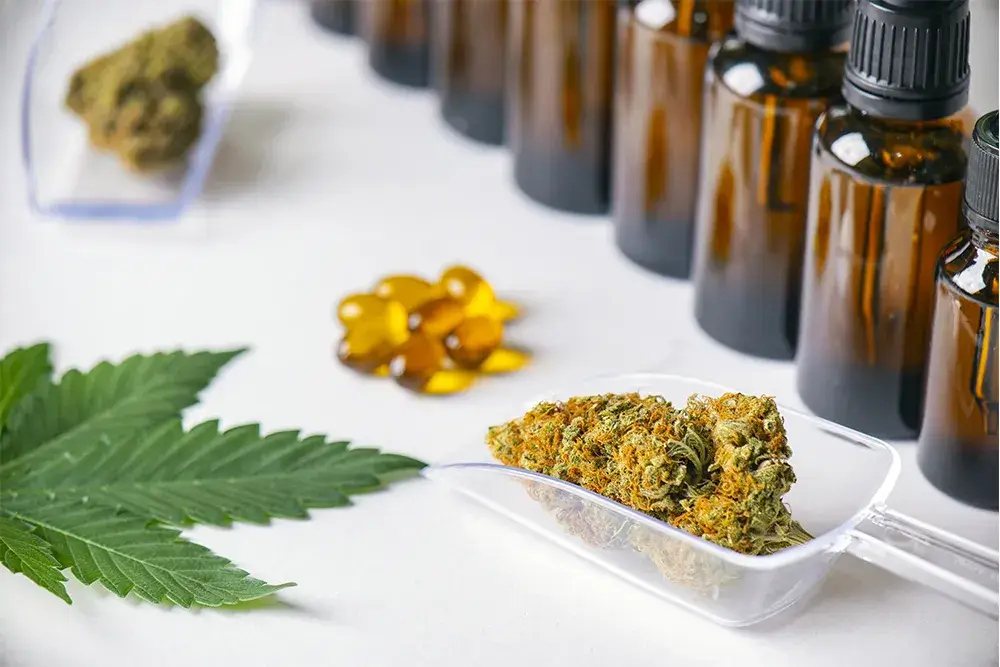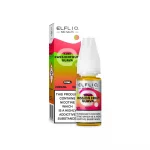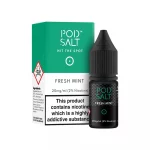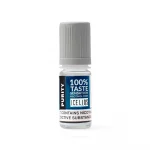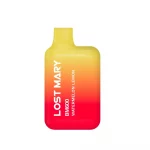The market today is packed with different brands of CBD that offer an array of products in varying strengths, flavours, scents, and sizes.
The 2014 Agricultural Act, industrial legalization of hemp to grow, and the passing of the 2018 Hemp Farming Act, hemp — cannabis containing less than 0.3% THC — has enabled CBD creators to legally able sell their products.
CBD is now growing in popularity as many people are realizing that the compound has several beneficial healing properties. Most avid CBD users report using the compound to help with problems like chronic pain, sleep issues, terrible migraine headaches, epilepsy, stress, anxiety, depression, skin issues, and much more.
By law, CBD products should contain nothing less than 0.3% THC to be sold and bought in the United States. Since the recent rise in CBD’s popularity and usage as we stated earlier, several research studies have verified the therapeutic advantages of the compound and CBD products in general.
Even though this may seem like great news, the shortcoming is that now, the market has become overrun with both reputable as well as fake brands. A lot of dishonest brands seek to cheat unsuspecting buyers by peddling products that are packed with dangerous toxins, pesticides, herbicides, and other dangerous chemicals.
Before we tell you how to select your CBD Oil, check out some of our top CBD oil and CBD Oil Atomiser Spray
Selecting your CBD OIL
- Consider Why You Want To Use Cbd, And In What Form You Would Prefer It
You need to consider why you want to take CBD. Do you want it for its health benefits? Do you want it to help with everything from pain and anxiety to multiple sclerosis and opioid addiction?
You also need to understand the form of CBD—pill, topical, or drop, for example—you want to take
Ensure you carry out more research on the pros and cons of each form.
- You Need To Put Into Consideration How Much THC the Product Contains
If you want to avoid the head-high condition that comes with taking THC, this is important.
Knowing the THC level of your CBD can be important for other reasons like how effective the product might be, as well as where you can buy it.
Some research indicates that for some individuals, CBD may work better when it’s combined with at least a little THC. To be sure, that notion is more theoretical than proven, add only a small amount of THC—as low as the 0.3 percent cutoff required for CBD products made from hemp— to strengthen CBD’s therapeutic effect.
- If Products Are Made From Hemp, Find Where It Was Grown
Many CBD products sold online and in retail stores come from hemp, not marijuana. And the source of that hemp is important.
Most hemp used in CBD products sold in the U.S. comes from Colorado or Oregon (which have long histories with cannabis) or Kentucky or is imported from overseas,
Among those sources, Lanier considers Colorado to have the most robust hemp program. The state’s agricultural program performs spot-tests of hemp plants while they are still in the field to check THC levels and will investigate the potential use of any illegal pesticides based on complaints.
Request for Test Results
Always also inquire to see a product’s certificate of analysis. This is a document that shows how a product performed on tests checking for CBD and THC levels, and the presence of contaminants or pollutants. Any Certificate Of Analysis for those final products comes from testing the company arranged on its own.
If an online manufacturer doesn’t have the information or refuses to share it, avoid the product and the retailer.
For even more assurance about a product’s quality, check the COA to see whether it says that the lab meets “ISO 17025” standards. This suggests that the lab adheres to high scientific standards.

